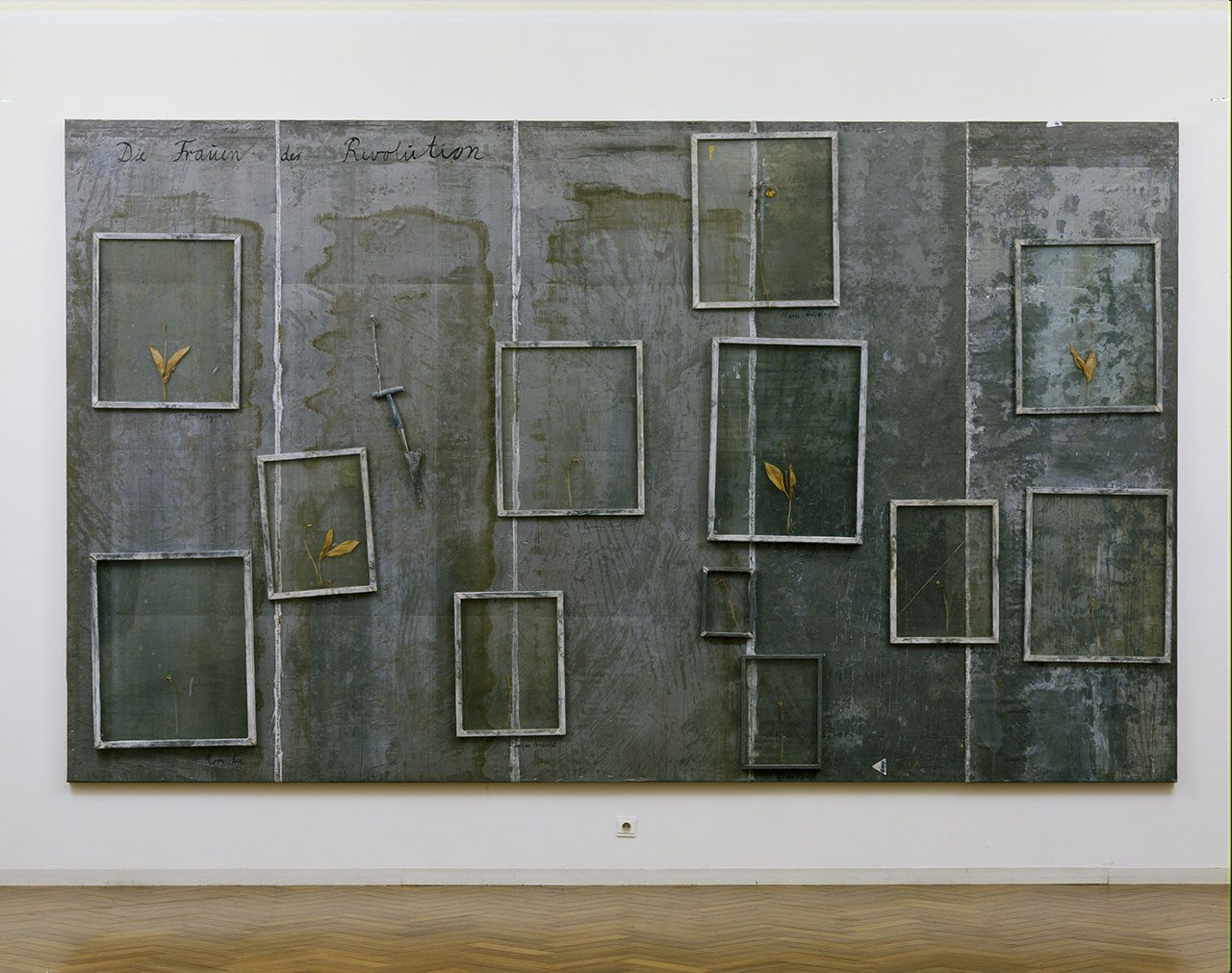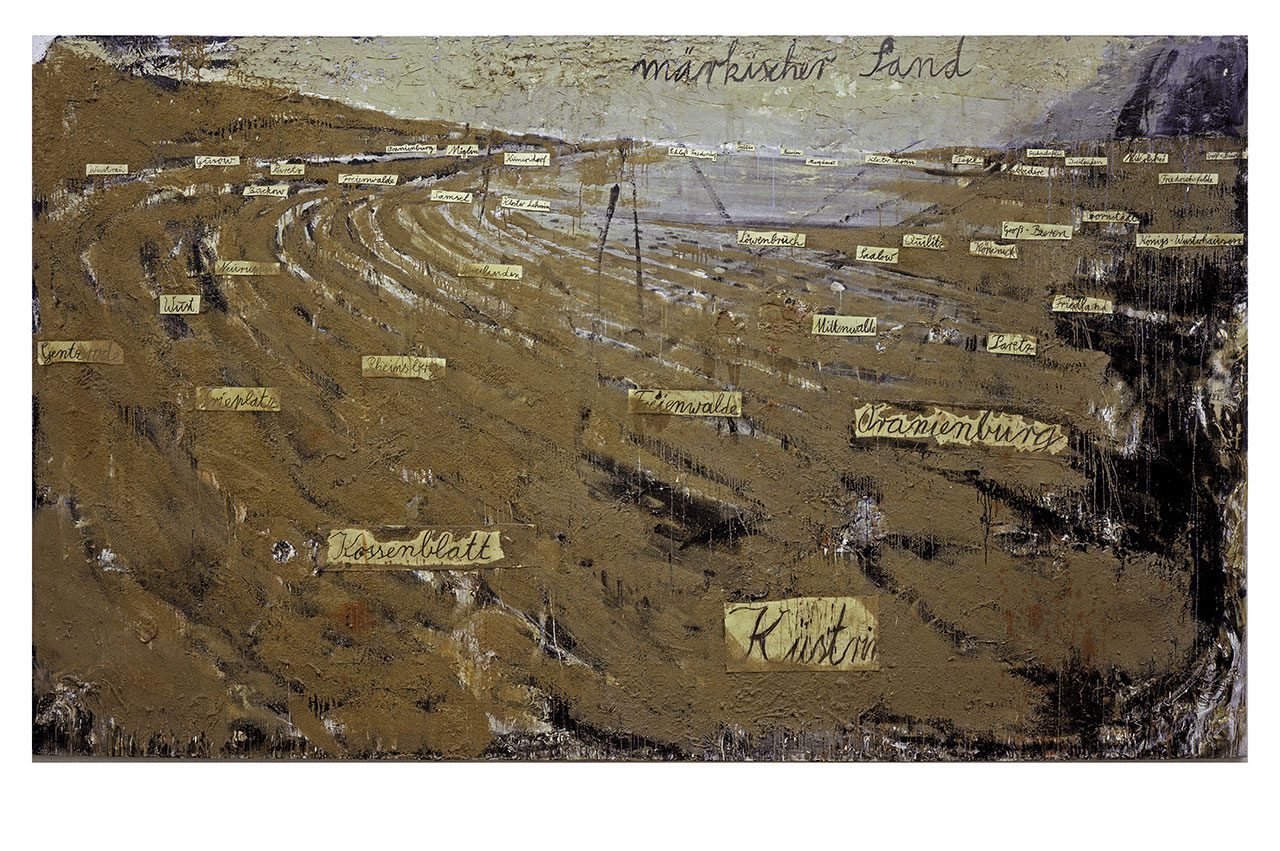PRESENTATION: Anselm Kiefer-Sag mir wo die Blumen sind
Best known for his monumental paintings and installations, Anselm Kiefer has become a towering figure of post-war art, his artistic techniques and materials – which include straw, lead, concrete, fire, and ash – are as expansive as the themes of his artworks, with pieces endlessly changing in their organic nature. His ongoing preoccupation with cultural memory, identity and history lends his works their multi-layered subject matter, fueled by a variety of historical, mythological and literary sources.
By Dimitris Lempesis
Photo: Van Gogh Museum & Stedelijk Museum Archive
Born just before the end of World War Two, Anselm Kiefer played among the ruins as a child. In the late 1960s, Kiefer was one of the first German artists to scrutinize the emotionally charged history of his homeland. His monumental and abrasive artworks were initially received with much criticism in Germany. In the Netherlands, however, his work was valued early on by collectors and by museums. It was only later on that Kiefer also became appreciated in Germany as a result of exposing what remained unsaid. Recurring subjects in his work include German history, mythology, legends, alchemy, the devastating effects of war and the eternal landscape. Anselm Kiefer’s title of the exhibition “Sag mir wo die Blumen sind” is taken from the 1955 protest song “Where have all the flowers gone” by American folk singer and activist Pete Seeger, which became famous when Marlene Dietrich performed the song in 1962. The exhibition brings together twenty-five works by Anselm Kiefer, including a major new work with the same title, together with paintings, installations, film, and works on paper, across two museums. Anselm Kiefer has been engaged with Van Gogh’s work from his early years. Sometimes the inspiration is almost literal, as in the use of sunflowers and the composition of his landscapes. Kiefer’s recent work – displayed in the museum for the first time – shows how Van Gogh continues to make his mark on his work today. The presentation at the Van Gogh Museum demonstrates the enduring influence of Vincent van Gogh on Kiefer’s work. In 1963, Kiefer won a travel scholarship and chose to follow the route taken by Van Gogh, from the Netherlands to Belgium and France. Van Gogh and his work have remained a vital source of inspiration for him. The exhibition presents seven new works in the Van Gogh Museum, alongside previously unseen paintings and thirteen early drawings by Kiefer. Paintings, such as Van Gogh’s “Wheatfield With Crows” (1890) are juxtaposed in the same space as Kiefer’s monumental works of the same theme. The presentation at the Stedelijk Museum focuses on Kiefer’s close ties to the Netherlands, particularly the artist’s connection with the museum, which has been pivotal to his career. The Stedelijk acquired “Innenraum” (1981) and “Märkischer Sand” (1982) early in the artist’s practice and staged an acclaimed solo exhibition of his work in 1986. This exhibition is not only an unprecedented opportunity to see all the works in the Stedelijk’s collection together, but also a chance to see Kiefer’s more recent paintings and especially two new spatial installations. The titular work “Sag mir wo die Blumen sind” is an immersive painterly installation, measuring over 24 meters in length, which fills the space around the historic staircase of the museum. The second installation “Steigend, steigend, sinke nieder” is made from photographs and lead, an important material that recurs throughout Kiefer’s work, alluding to the heavy weight of human history. The exhibition also features films by and about Anselm Kiefer, including the unknown film “Noch ist Polen nicht verloren” (1989), which he made in Warsaw shortly before the fall of the Iron Curtain. Kiefer’s expansive new installation for the Stedelijk Museum “Sag mir wo die Blumen sind” combines paint and clay with uniforms, dried rose petals and gold, symbolizing the cycle of life and death with the human condition and fate of mankind playing a central motif. The flowers of the title are also a reference to the “Sunflowers” (1889) by Vincent van Gogh and to recent landscapes by Kiefer, which will be seen for the first time in the exhibition.
Photo: Anselm Kiefer, Sag mir wo die Blumen sind (2024), Installation view at studio, Atelier Anselm Kiefer, Croissy, France. Emulsion, oil, acrylic, shellac, gold leaf, sediment of electrolysis, clay, dried flowers, straw, fabric, steel, charcoal and collage of canvas on canvas. Collection of the artist, courtesy White Cube, © Anselm Kiefer. Photo: Nina Slavcheva
Info: Van Gogh Museum, Museumplein 6, Amsterdam, the Netherlands, Duration: 5/3-9/6/2025, Days & Hours: Mon-Thu & Sat-Sun 9:00-18:00, Fri 9:00-21:00, www.vangoghmuseum.nl/ & Stedelijk Museum, Museumplein 10, Amsterdam, The Netherlands, Duration: 5/3-9/6/2025, Days & Hours: Mon-Thu & Sat-Sun 10:00-19:00, Fri 10:00-21:00, www.stedelijk.nl/
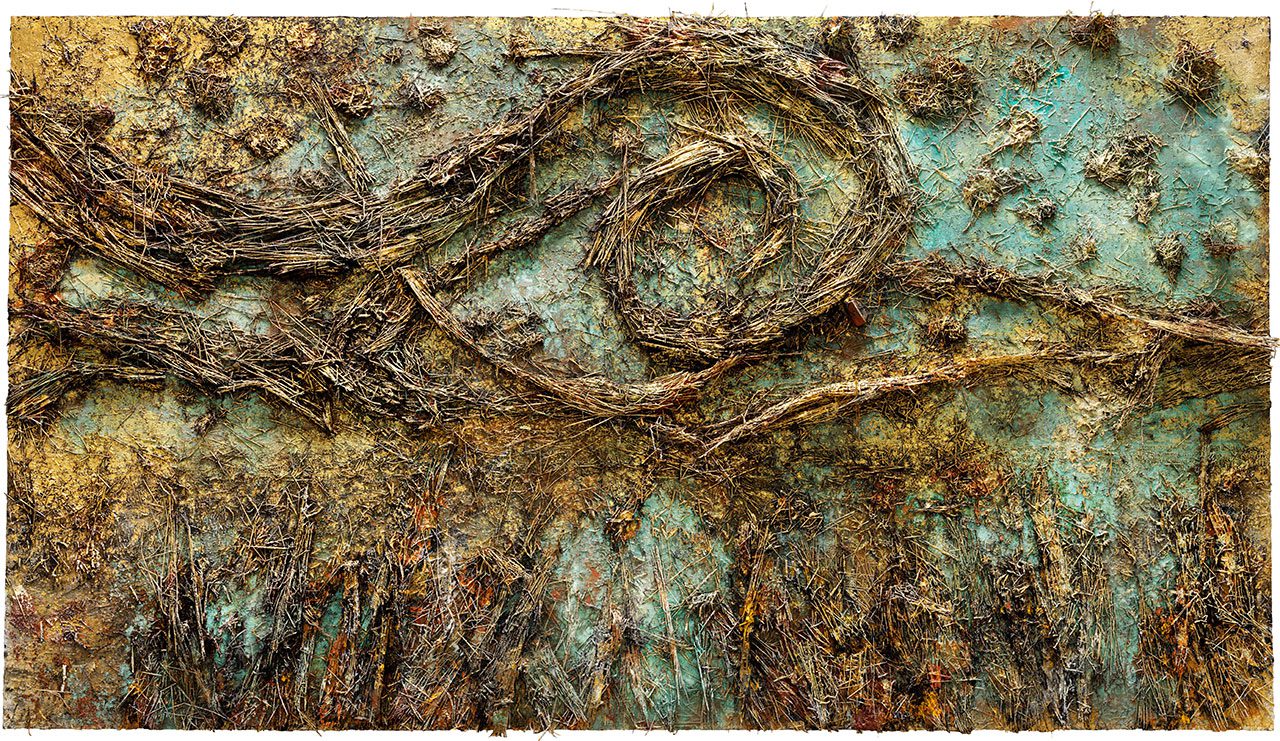
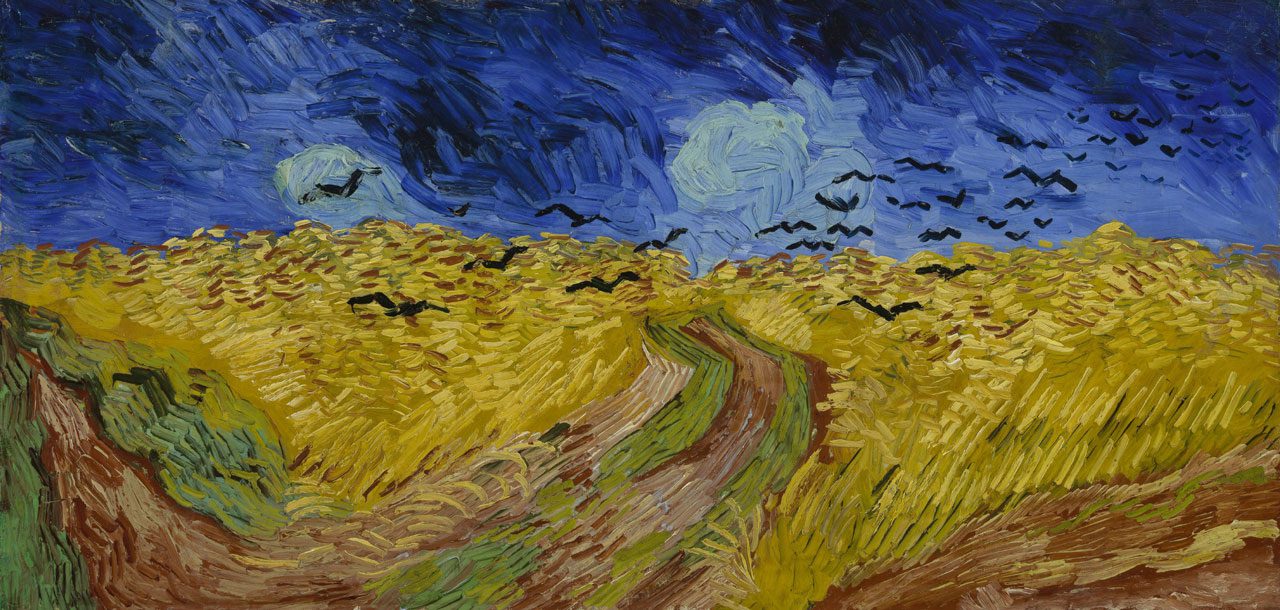

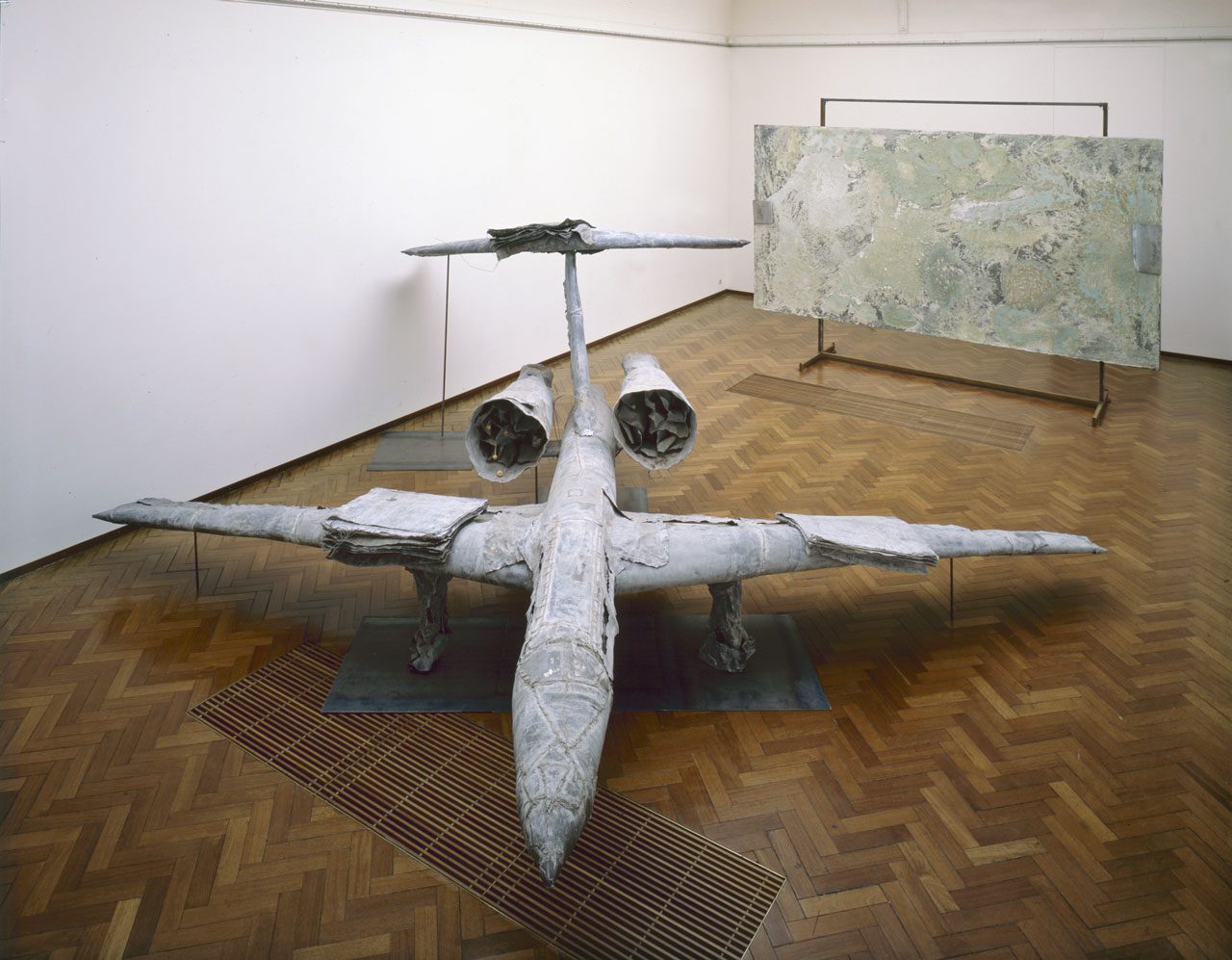
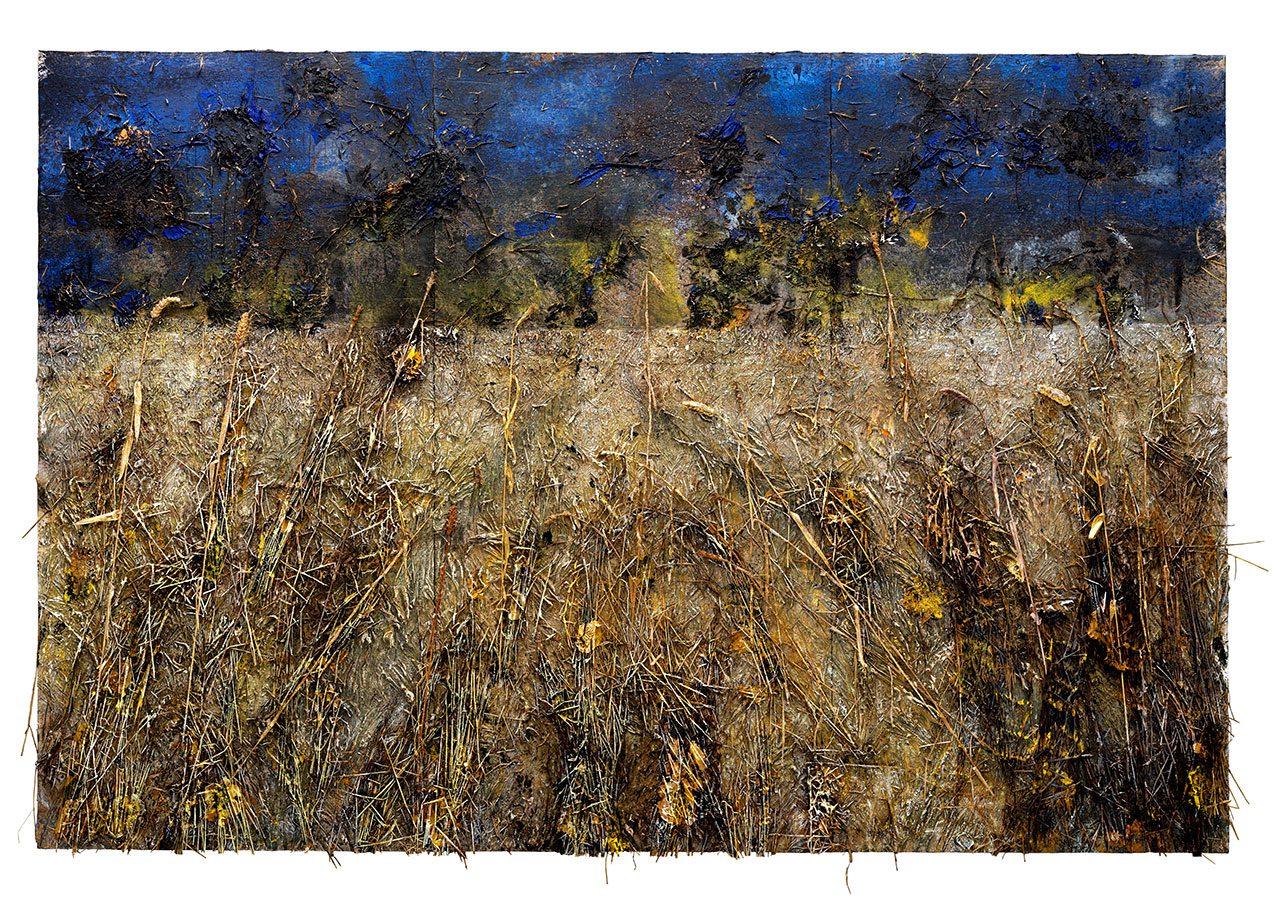

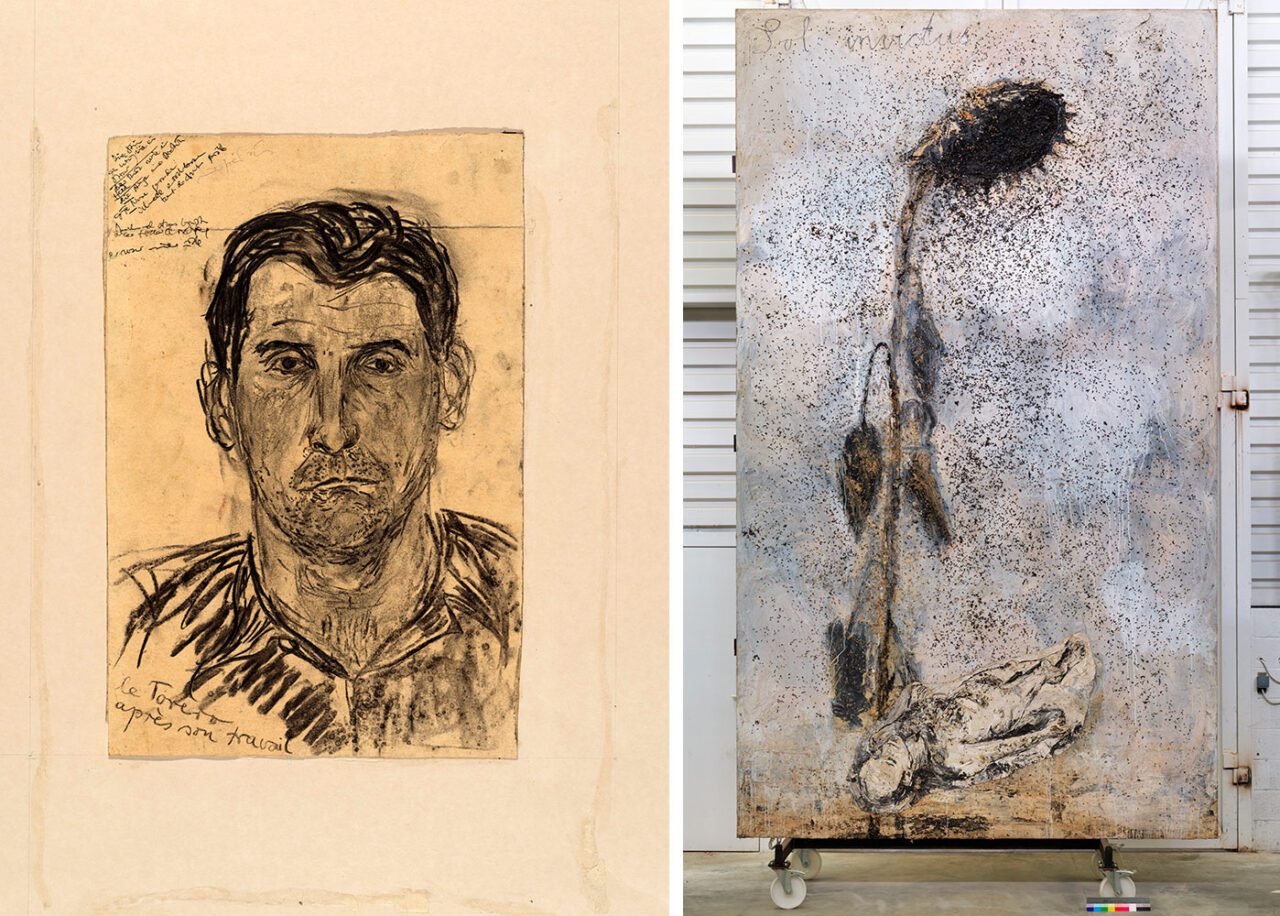
Right: Anselm Kiefer, Sol Invictus (1995), emulsion, acrylic, shellac and sunflower seeds on burlap, 473 x 280 cm.m Collection of the artist, courtesy White Cube, © Anselm Kiefer. Photo: Charles Duprat
